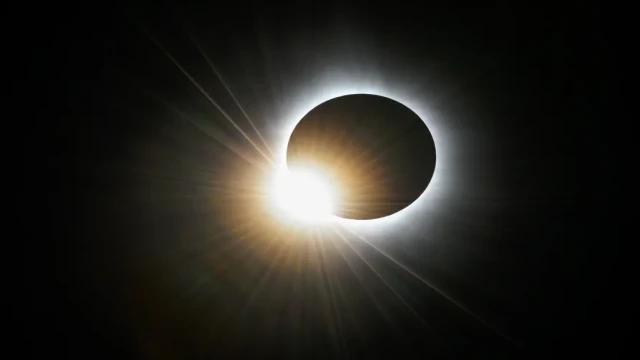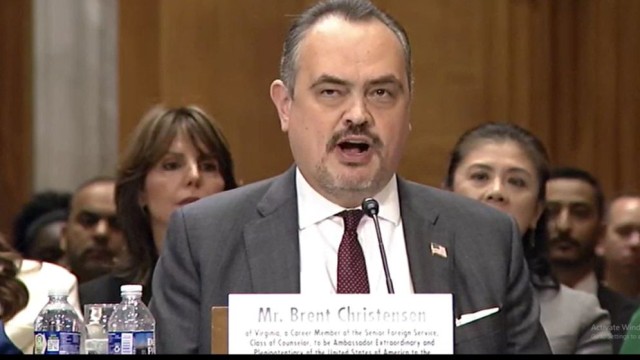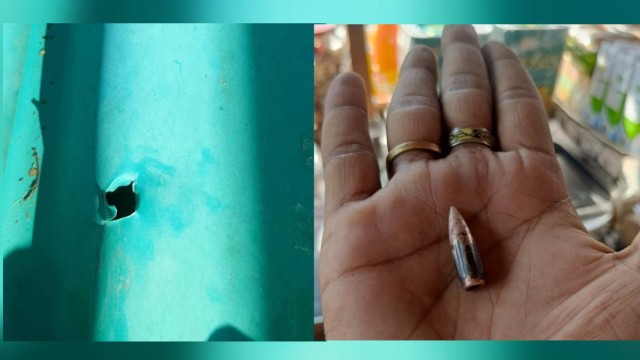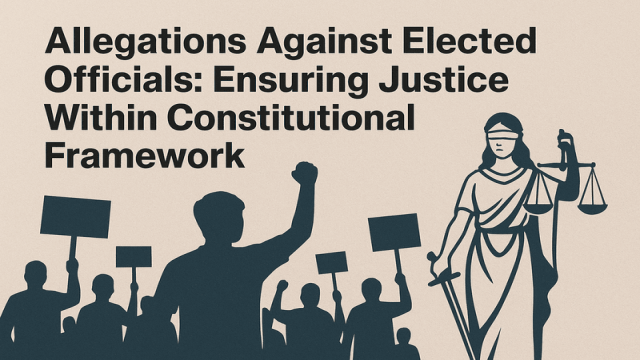New York, Mar 27 (V7N) – Nearly a year has passed since millions of Americans witnessed the stunning total solar eclipse of April 2024, a rare celestial event that captivated the nation. As the Earth, moon, and sun aligned perfectly, strange darkness blanketed much of the U.S., animals fell silent, and a glowing ring appeared in the sky where the sun should have been. But this Saturday’s partial solar eclipse, visible across parts of the northeastern U.S., will offer a different, though still fascinating, experience.
A Quick Recap of the 2024 Total Eclipse
The total solar eclipse of 2024 was the first in North America since 2017 and outshone its predecessor. The sun’s corona appeared brighter, the moon appeared larger, and totality lasted a little longer than in the 2017 eclipse. This rare event, which traveled across Mexico, the U.S., and Canada, was an awe-inspiring spectacle for those in the path of totality, where the moon completely blocked the sun.
In contrast to the total eclipse, where the moon entirely covered the sun, this weekend's partial solar eclipse will only partially obscure the sun, creating a crescent shape. The moon will take a "bite" out of the sun instead of revealing the signature glowing ring.
What to Expect from Saturday's Partial Eclipse
This partial eclipse will be visible from about 4:50 a.m. EDT to 8:43 a.m. EDT on Saturday, March 30. While the 2024 total eclipse covered a broad swath of the U.S., the partial eclipse will be visible to observers in 13 northeastern states, including New York, New Jersey, and Maine.
Unlike last year’s total eclipse, where people in the path of totality were able to safely view the event without glasses for brief moments, the partial eclipse will never provide such an opportunity. The sun will never be completely covered, so it is essential for all observers to wear proper eye protection throughout the event.
Eye Protection is a Must
As with any solar eclipse, safety is a priority. Solar eclipse glasses, which are much darker than regular sunglasses, are essential for protecting your eyes from harmful UV rays. These glasses must meet international safety standards and should be purchased from approved vendors. NASA recommends using certified glasses but does not endorse any specific brands. To ensure safety, check the American Astronomical Society’s website for a list of approved suppliers.
Looking Ahead
While the total solar eclipse of 2024 was a once-in-a-lifetime experience for many, the next total solar eclipse in North America will not occur until 2044. So, while this weekend’s partial eclipse may not be as grand as last year’s event, it still offers a chance to witness a rare and exciting astronomical phenomenon.
Be sure to grab your eclipse glasses and enjoy this weekend’s partial solar eclipse, which will provide an exciting, if less dramatic, display of the cosmic dance between the Earth, moon, and sun.
END/WD/SMA/































Comment: